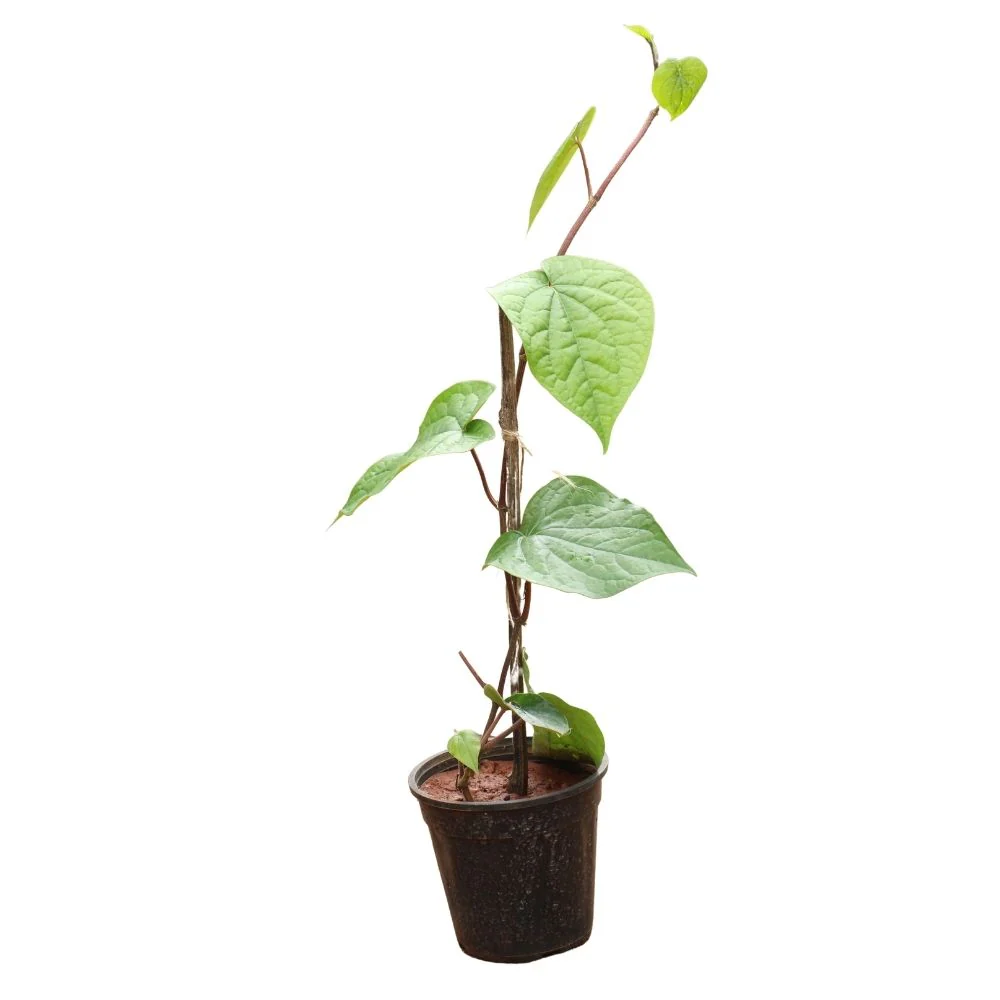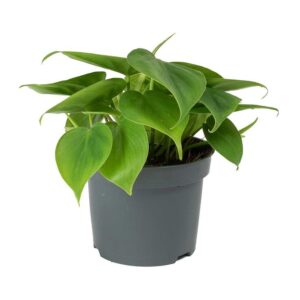🌿 Betel Plant (Piper betle)
Also known as: Paan Plant • Tamboolam • Vettrilai
🪴 Plant Snapshot
| Attribute | Details |
|---|---|
| Type | Perennial Climber (Medicinal & Ornamental) |
| Category | Indian Medicinal Plants • Edible Garden • Vedic Greenery |
| Sunlight | Partial Shade to Filtered Sunlight 🌤️ |
| Watering | Moderate – keep soil consistently moist (not soggy) 💧 |
| Soil Type | Well-drained, fertile soil with compost or organic matter 🌱 |
| Growth Habit | Fast-growing vine with heart-shaped leaves; needs vertical support |
| Placement | Balcony • Terrace • Kitchen Garden • Temple Garden |
| Toxicity | ✅ Edible (Leaf only); Safe for human use |
🌿 Uses & Benefits
🍃 Leaves are traditionally chewed in many Indian cultures (with or without betel nut)
🌱 Holds religious significance in Hindu rituals and pujas
🧘♀️ Believed to aid digestion, freshen breath, and improve oral health
🏡 Excellent climber for natural privacy walls or green balcony corners
🪴 Care Tips
-
Train using a coir pole or vertical trellis
-
Mist occasionally to increase humidity
-
Prune regularly to promote bushy growth
-
Fertilize monthly with organic compost or diluted vermicompost tea
🧩 Why Customers Love It
✅ Beautiful heart-shaped glossy leaves
✅ Useful in cooking, pooja, Ayurveda, and gifting
✅ Easy to grow in pots, hanging baskets, or vertical walls
✅ Symbol of prosperity, freshness, and tradition
💡 Fun Tip
Pair the Betel Plant with Tulsi and Jasmine in your spiritual garden corner for a fragrant, meaningful, and low-maintenance sacred space 🌿🪷






Reviews
There are no reviews yet.